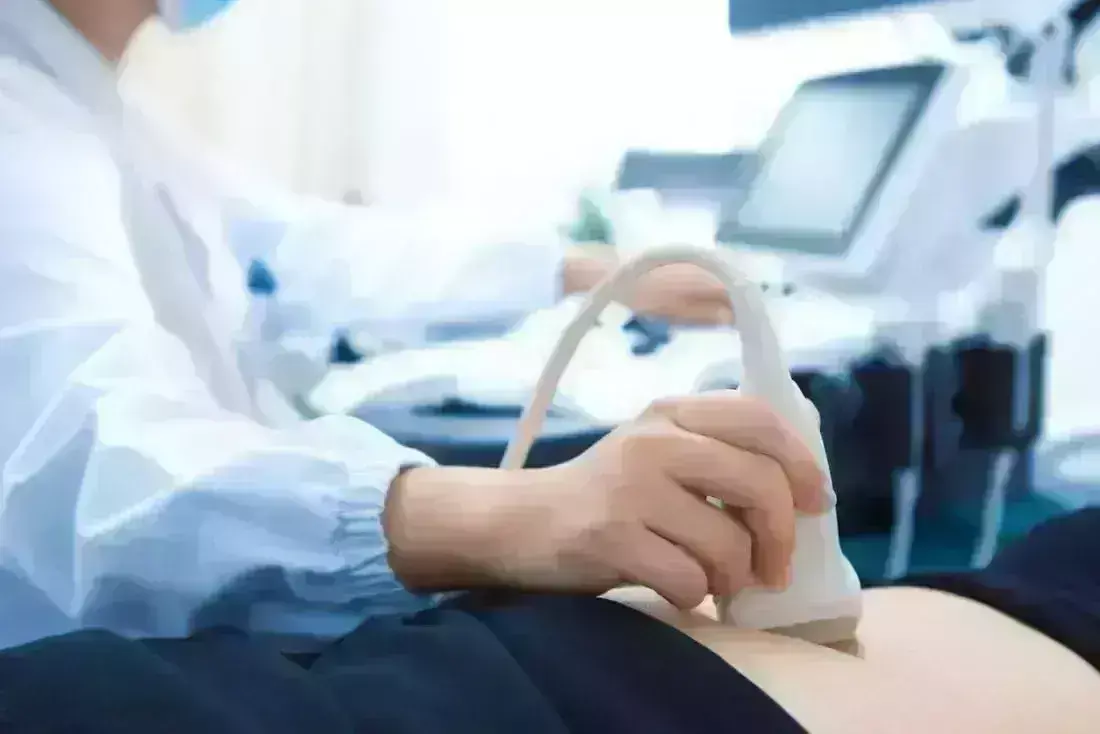- Home
- Medical news & Guidelines
- Anesthesiology
- Cardiology and CTVS
- Critical Care
- Dentistry
- Dermatology
- Diabetes and Endocrinology
- ENT
- Gastroenterology
- Medicine
- Nephrology
- Neurology
- Obstretics-Gynaecology
- Oncology
- Ophthalmology
- Orthopaedics
- Pediatrics-Neonatology
- Psychiatry
- Pulmonology
- Radiology
- Surgery
- Urology
- Laboratory Medicine
- Diet
- Nursing
- Paramedical
- Physiotherapy
- Health news
- Fact Check
- Bone Health Fact Check
- Brain Health Fact Check
- Cancer Related Fact Check
- Child Care Fact Check
- Dental and oral health fact check
- Diabetes and metabolic health fact check
- Diet and Nutrition Fact Check
- Eye and ENT Care Fact Check
- Fitness fact check
- Gut health fact check
- Heart health fact check
- Kidney health fact check
- Medical education fact check
- Men's health fact check
- Respiratory fact check
- Skin and hair care fact check
- Vaccine and Immunization fact check
- Women's health fact check
- AYUSH
- State News
- Andaman and Nicobar Islands
- Andhra Pradesh
- Arunachal Pradesh
- Assam
- Bihar
- Chandigarh
- Chattisgarh
- Dadra and Nagar Haveli
- Daman and Diu
- Delhi
- Goa
- Gujarat
- Haryana
- Himachal Pradesh
- Jammu & Kashmir
- Jharkhand
- Karnataka
- Kerala
- Ladakh
- Lakshadweep
- Madhya Pradesh
- Maharashtra
- Manipur
- Meghalaya
- Mizoram
- Nagaland
- Odisha
- Puducherry
- Punjab
- Rajasthan
- Sikkim
- Tamil Nadu
- Telangana
- Tripura
- Uttar Pradesh
- Uttrakhand
- West Bengal
- Medical Education
- Industry
Perlas' method may help anaesthesiologists estimate stomach residual volume using ultrasound

Aspiration is a problem for patients undergoing sedation or general anaesthesia because their lower oesophageal sphincter tone and protective airway reflexes are impaired. Previous studies have employed bedside ultrasonography (US) to determine peri-operative aspiration risk and advise anaesthesia treatment by evaluating stomach residual volume (GRV). However, since all measurements were taken by licenced sonographers in some of these investigations, the findings may not be repeatable.
Researchers have found in a new study that gastric residual volume (GRV) readings taken by radiologists and qualified anaesthesiologists had little concordance. The learning curve for anaesthesiologists to become competent in the gastric Ultrasound is little documented. Recently published study tried to see how accurate it was for trained anaesthesiologists to quantify gastric residual volume (GRV) using Perlas' formula in patients who received two different kinds and quantities of liquids.
The study comprised patients who had no risk indicators for delayed stomach emptying. The baseline US-guided GRV was calculated separately by each evaluator. The patients were given either no drink or 100 or 200 mL of water or milk at random. Within 5 minutes of the intervention, the US-guided GRV was re-assessed. The investigators were blinded to each other's measurements as well as the randomization arm. The agreement between actual amounts eaten and projected changes in GRV was the major result.
There was little agreement between the actual amount eaten and the projected change in GRV. [ICC 0.46, 95% confidence interval (CI) 0.09 to 0.72; P = 0.09 for assessor 1; ICC 0.37, 95% CI 0.02 to 0.66; P = 0.03 for assessor 2].
Prior to induction of anaesthesia, recognition of a high GRV allows the anaesthesiologist to take adequate steps to minimise the danger of aspiration. Methods based on US-guided ACSA measurement have been demonstrated to have high agreement with real GRV among the numerous methodologies outlined for GRV evaluation. The estimated change in GRV and the actual amount of fluid swallowed as judged by qualified anaesthesiologists, as well as between measurements taken by the assessors, were shown to have poor agreement in this investigation. The kind of fluid or the amount of fluid had no influence on the agreement between measurements.
Reference –
Khandekar, Sayali S.; Doctor, Jeson R.; Awaskar, Shilpa K.; Alex, Nidhin K.; Medha, Lipika R.; Ranganathan, Priya, Ultrasound-guided estimation of gastric residual volume using Perlas's formula: A validation study in patients, Indian Journal of Anaesthesia: April 2022 - Volume 66 - Issue 4 - p 255-259
doi: 10.4103/ija.ija_783_21
MBBS, MD (Anaesthesiology), FNB (Cardiac Anaesthesiology)
Dr Monish Raut is a practicing Cardiac Anesthesiologist. He completed his MBBS at Government Medical College, Nagpur, and pursued his MD in Anesthesiology at BJ Medical College, Pune. Further specializing in Cardiac Anesthesiology, Dr Raut earned his FNB in Cardiac Anesthesiology from Sir Ganga Ram Hospital, Delhi.
Dr Kamal Kant Kohli-MBBS, DTCD- a chest specialist with more than 30 years of practice and a flair for writing clinical articles, Dr Kamal Kant Kohli joined Medical Dialogues as a Chief Editor of Medical News. Besides writing articles, as an editor, he proofreads and verifies all the medical content published on Medical Dialogues including those coming from journals, studies,medical conferences,guidelines etc. Email: drkohli@medicaldialogues.in. Contact no. 011-43720751


